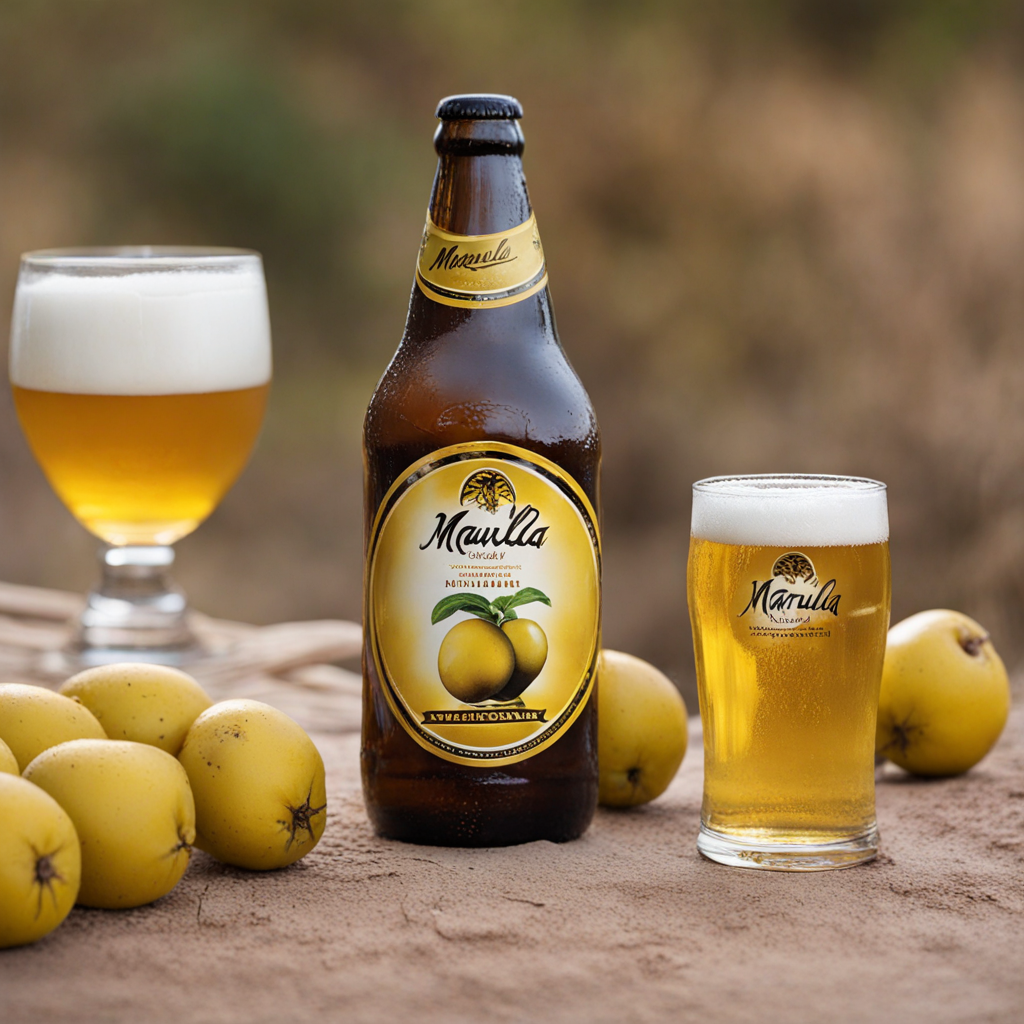Pumpkin Fritters
Pumpkin Fritters are a delightful traditional dish from Botswana that showcases the country's rich agricultural heritage. Made primarily from grated pumpkin, these fritters combine the natural sweetness of the vegetable with a blend of spices and flour, creating a batter that is both fragrant and flavorful. The vibrant orange hue of the pumpkin not only makes these fritters visually appealing but also indicates the presence of beta-carotene, adding a nutritional boost to this tasty treat. Once the batter is prepared, small dollops are dropped into hot oil, where they transform into golden-brown morsels with a crispy exterior. The frying process enhances the sweet, earthy flavors of the pumpkin, while the spices—often including a hint of nutmeg or cinnamon—add warmth and depth. Each bite delivers a satisfying crunch followed by a soft, moist interior that melts in your mouth, making them an irresistible snack or accompaniment to meals. Pumpkin Fritters are often enjoyed with a sprinkle of powdered sugar or a drizzle of honey, elevating their sweetness even further. They can be served warm as a snack, a side dish, or even as a dessert, adapting to various dining occasions. Whether enjoyed at a festive gathering or a casual family meal, these fritters are a celebration of Botswana’s culinary heritage, inviting you to explore the unique flavors and textures that define this beloved dish.
How It Became This Dish
The Engaging History of Diphaphatha tsa Lekgobe: A Culinary Jewel of Botswana Diphaphatha tsa Lekgobe, a traditional dish hailing from Botswana, is more than just food; it is a reflection of the cultural heritage, agricultural practices, and communal values of the Tswana people. This delectable dish, primarily made from the starchy root of the wild tuber, is often prepared in various ways, showcasing the ingenuity and adaptability of the Botswanan people over time. #### Origins of Diphaphatha tsa Lekgobe The origins of Diphaphatha tsa Lekgobe can be traced back to the early practices of the Tswana people, who have inhabited the region for centuries. The name itself, which translates roughly to "the food of the earth," signifies a deep connection to the land and its offerings. The wild tuber, often found in the sandy soils of Botswana, has been utilized for generations as a staple food source. Historically, the Tswana people were semi-nomadic, relying heavily on agriculture, hunting, and gathering. The tuber was often harvested during the rainy season when the soil was soft and the underground treasures were easier to extract. The preparation of Diphaphatha tsa Lekgobe showcases the Tswana's resourcefulness; the tubers are usually boiled or ground into a paste, which can be shaped into balls or cakes, and then either steamed or fried. This versatility in preparation not only reflects the local ingredients but also the adaptation of culinary techniques over generations. #### Cultural Significance Diphaphatha tsa Lekgobe transcends mere sustenance. It plays an integral role in the social fabric of Tswana life, often served during communal gatherings, celebrations, and traditional ceremonies. The act of preparing and sharing this dish fosters a sense of community and belonging. When families come together to cook Diphaphatha tsa Lekgobe, it is a communal effort that strengthens familial bonds and traditions. Moreover, the dish is often associated with rites of passage, such as weddings and initiation ceremonies. It is customary for families to prepare large quantities to share with guests, symbolizing hospitality and respect. The preparation itself is often accompanied by songs and storytelling, preserving oral traditions and cultural narratives. #### Development Over Time As Botswana has evolved, so too has the preparation and presentation of Diphaphatha tsa Lekgobe. In the pre-colonial era, the dish was primarily consumed in its traditional form, often accompanied by locally sourced ingredients like meat, vegetables, and wild herbs. The arrival of colonial powers in the late 19th and early 20th centuries, however, brought about significant changes in dietary habits and food availability. During this period, many traditional foods were marginalized as Western dietary practices were introduced. However, the resilience of the Tswana culture ensured that dishes like Diphaphatha tsa Lekgobe remained a staple in rural areas. In fact, the dish saw a resurgence in popularity as a symbol of cultural pride in the mid-20th century, particularly during Botswana's independence in 1966. As the nation sought to reclaim and celebrate its identity, traditional foods became a focal point of national pride and heritage. In contemporary Botswana, Diphaphatha tsa Lekgobe has adapted to meet changing tastes and lifestyles. While it retains its traditional roots, modern interpretations have emerged. Chefs in urban areas experiment with the dish, incorporating international flavors and presentation styles, while still honoring its essence. Some variations may include the addition of spices, sauces, or even fusion elements that reflect Botswana's growing culinary landscape. The rise of tourism in Botswana has also brought attention to traditional dishes like Diphaphatha tsa Lekgobe. Tourists seeking authentic culinary experiences are drawn to local markets and eateries where they can sample this beloved dish. This demand has encouraged chefs and home cooks alike to refine their recipes and share the cultural significance behind each bite. #### Nutritional Value and Environmental Impact Beyond its cultural significance, Diphaphatha tsa Lekgobe is also notable for its nutritional value. The wild tuber is rich in carbohydrates, making it an excellent source of energy. Additionally, it contains essential vitamins and minerals that contribute to a balanced diet. As Botswana faces challenges such as food security and climate change, the cultivation of indigenous plants like the tuber used in Diphaphatha tsa Lekgobe represents an opportunity for sustainable agriculture. Efforts to promote traditional crops not only preserve cultural heritage but also encourage biodiversity and resilience in local food systems. The revival of interest in indigenous ingredients has spurred community initiatives aimed at educating younger generations about the importance of their culinary heritage. #### Conclusion Diphaphatha tsa Lekgobe is more than just a dish; it is a testament to the resilience and creativity of the Tswana people. Its origins are deeply rooted in the land, and its cultural significance has endured through the ages, evolving yet remaining true to its essence. As Botswana continues to navigate the complexities of modernity, Diphaphatha tsa Lekgobe stands as a proud symbol of identity, community, and the enduring power of food to connect people across generations. In celebrating this traditional dish, we not only honor the culinary practices of Botswana but also recognize the stories, traditions, and values that it carries. Diphaphatha tsa Lekgobe serves as a delicious reminder of the importance of culture, community, and sustainability in our ever-changing world. So next time you savor this dish, take a moment to appreciate the rich tapestry of history and heritage that each bite embodies.
You may like
Discover local flavors from Botswana







